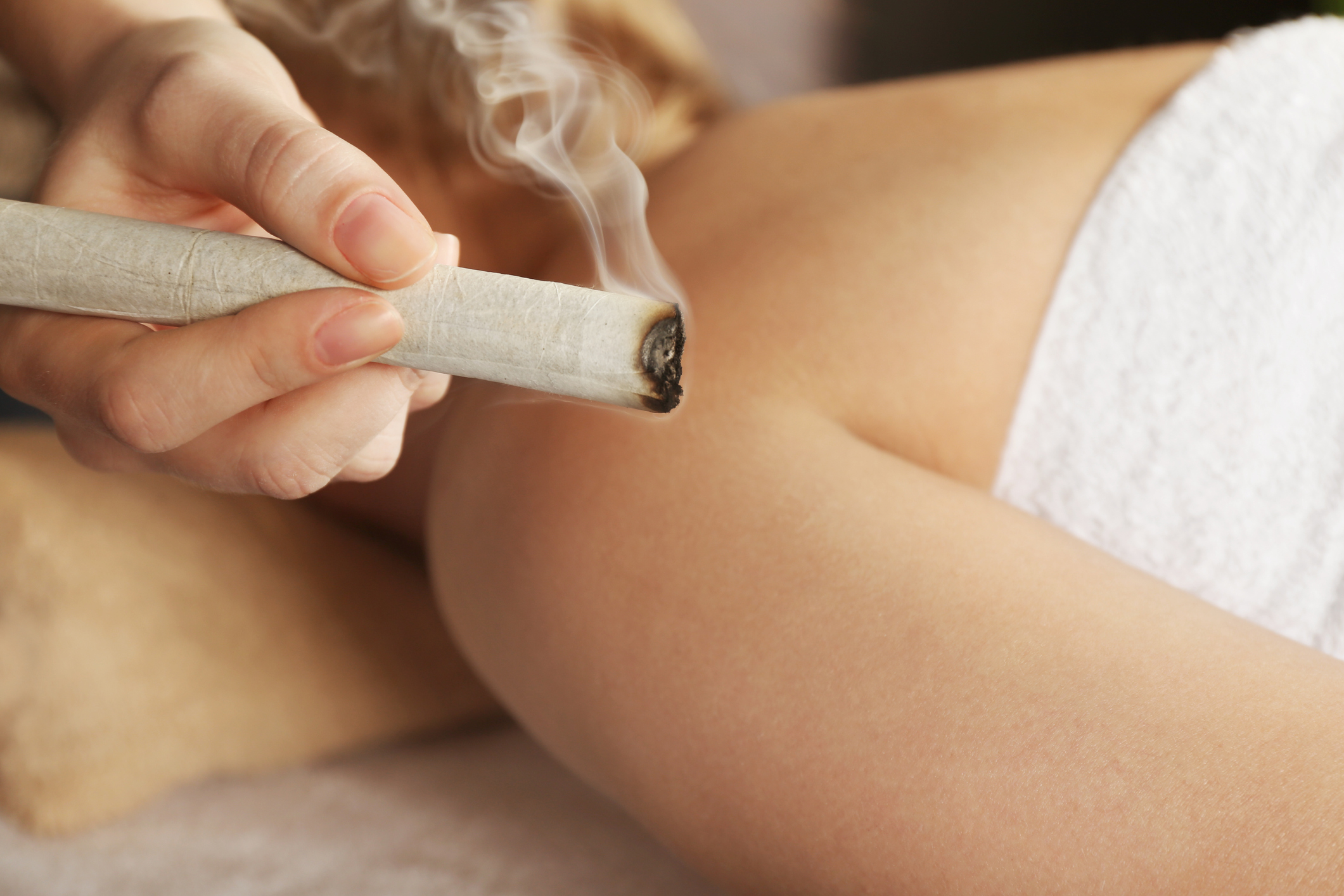
Acupuncture & Moxibustion
“The day science begins to study non-physical phenomena, it will make more progress in one decade than in all the previous centuries of its existence.” ~Nikola Tesla
Acupuncture is a physical therapy that has been evolving for over 2,000 years and a modality unique to Chinese medicine. It is a valuable technique for interacting with the structures of the human body in a minimally invasive way. Acupuncture has the ability to activate the bodies own healing potential. It is safe and has few side effects.
Acupuncture improves the circulation of blood and body fluids.
When circulation is optimal, the body is able to heal itself.
Super fine surgical steel needles are mindfully inserted into soft tissue. The changes to the body are local to the site of needle insertion and can also be systemic or organ specific. As an acupuncture needle enters the body a tissue response occurs locally that increases blood flow to the area, enhances tissue regeneration and repair. The effects of the needle point travel up the spinal cord to the brain, where a variety of chemicals may be released that have a wider influence on the body’s systems.
In a nutshell acupuncture has the ability to:
Increase blood flow and fluid metabolism
Stimulate production of healing cells
Release natural pain killers
Reduce the intensity and perception of chronic pain
Relax contracted muscles
Reduce stress
Stimulate organ function
Acupuncture is used most popularly in the west to treat pain. It can also greatly improve the function of organs and organ systems such as of the nervous, digestive and endocrine.
Sports Medicine Acupuncture
Sports medicine acupuncture (aka orthopedic acupuncture) is a style of acupuncture that focuses on pain and injury. Specifically, injuries due to trauma or overuse syndromes involving the musculoskeletal system. Advanced training by senior acupuncturists is helping to excel our understanding and skill in treating sports and orthopedic injuries. Acupuncturists who are properly trained have a higher level of assessment and diagnosis of musculoskeletal pain as well as a wider range of needling techniques including many integrative Eastern and Western approaches to treatment.
Acupuncture points are used to bring balance to muscle tone, by relaxing hypertonic or contracted tissue and by “turning on” inhibited muscles. Precise needling techniques are used to improve tissue repair at the site of injury by minimizing scar formation, re-vascularizing fibrotic tissue and clearing excess swelling. Injuries that are treated with acupuncture have a faster healing time, less scar tissue formation and better range of motion recovery than those that are not.
Sports medicine acupuncture is truly on the cutting edge of sports medicine and orthopedic intervention. Many high level athletes are now discovering the techniques of health and healing that martial arts masters of centuries past have long employed. In addition to having advanced skills at treating injury, the Chinese medicine practitioner is also able to address the overall health of a patient by identifying constitutional, lifestyle and nutritional factors that impact healing.
As a self professed movement nerd, it is my personal goal to look deeper and understand the biomechanics and movement habits that made way for an injury or pain pattern. Identifying blind spots in movement patterns, uncovering with mobility restrictions and improving body awareness are goals I work to achieve with every patient.
How Does acupuncture compare to dry-needling?
Dry needling is an technique that involves needling directly into a trigger point / hypertonic muscle tissue in order to improve tone and circulation in the muscle effectively releasing any contraction. The trigger point in western terms is what acupuncture calls an ahshi Point. Many acupuncturists use ahshi points as part of an acupuncture treatment. Dry needling is not something new, but a rebranding of a technique that has been used by acupuncturists for a few millenia.
In contrast to an MD, PT or DC, an acupuncturist combines ancient theory and knowledge of the multi-systemic effects of acupuncture with a modern understanding of neuroanatomy and muscle physiology, thereby addressing the whole patient rather than simply treating symptomatically. The needling and release of trigger points is always more effective when treated in conjunction with other appropriate acupuncture points as indicated by the patient's presentation.
Electro-Acupuncture
Electro-acupuncture involves using a low current of electricity between two acupuncture points. Applied appropriately, it gives a regular acupuncture treatment a boost. Electricity has a long history of being used as a healing modality, outside of Chinese medicine, specifically to enhance tissue healing. Scientific studies have found electro-acupuncture to stimulate peripheral nerve repair, increase bone density, increase tissue repair and regeneration. It also increases the effectiveness of physical therapy procedures by improving communication between the central nervous system and muscles. Electro-acupuncture is a commonly used indispensable tool in the context of orthopedic acupuncture and injury treatment.
Moxibustion
Moxibustion is a technique that involves the use of burning Mugwort (artemesia vulgaris) to facilitate healing. Moxibustion has been used throughout Asia for thousands of years; in fact, the actual Chinese character for acupuncture translates literally to mean "acupuncture & moxibustion." The technique provides another way to non-invasively effect the tissues of the human body. The purpose of moxibustion, as with most forms of traditional Chinese medicine, is to strengthen and stimulate the flow of blood and qi. It is most often applied indirectly as a warm ember that is held over an area of stagnation, pain or dysfunction. It can be used on people who have a cold or chronic condition or on people that do not tolerate needles very well.
Moxibustion is also amazingly successfully for some gynecological issues, including turning a breech baby and stopping a lingering menstrual flow.



